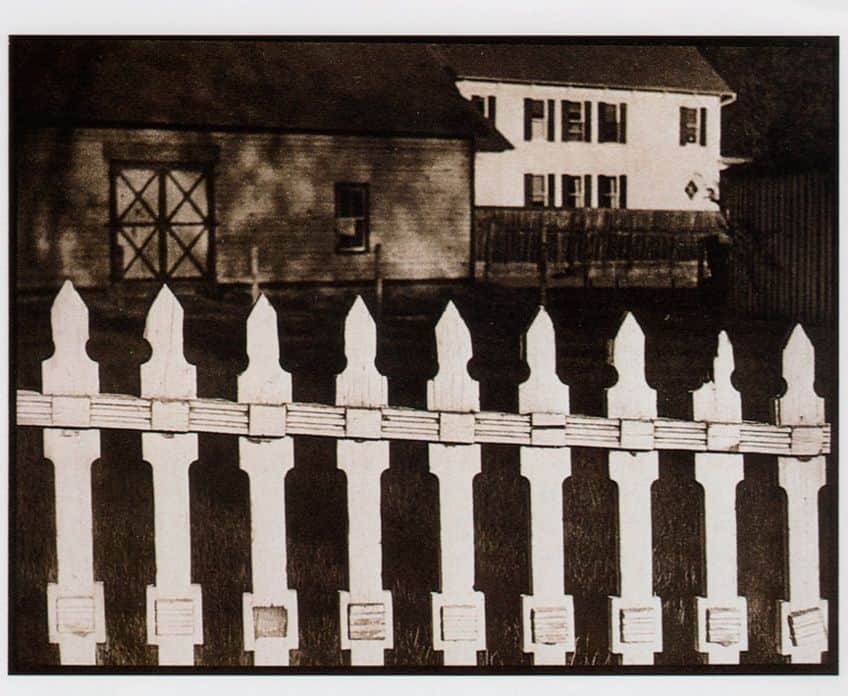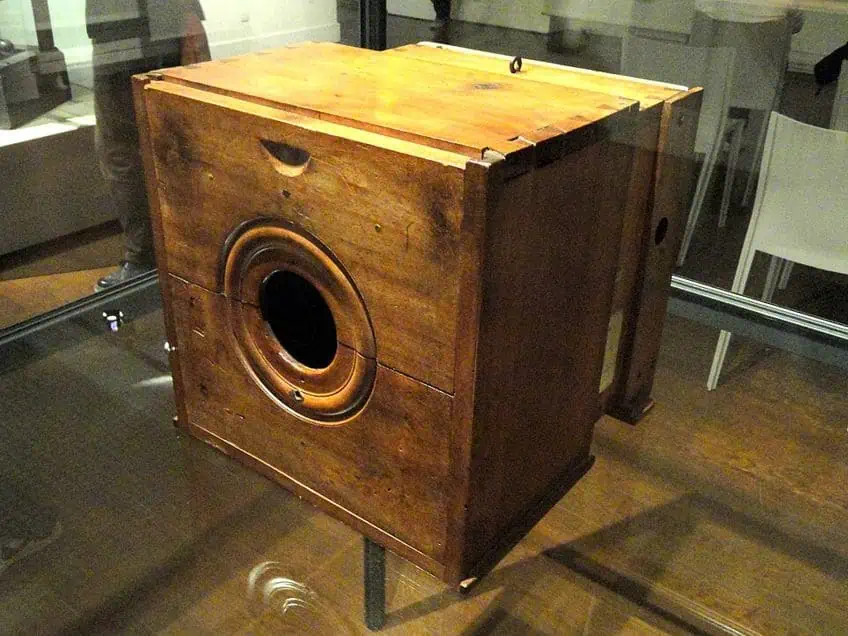Photographers
Photography in art history has been a medium leveraged for different causes in the arts to express artistic messages and draw attention to experiences, places, people, and things that shape our existence. Since the 19th century, artists and photographic professionals have used photography as a tool to document, amplify, curate, sculpt, and inspire the development of visual languages. In this article, we will introduce you to the top 15 most important photographers of all time, whose contributions to the field have highlighted the wonders of photography and the different ways in which one can use photography creatively. Keep reading for a full list of the most famous photography practitioners in art history!
Photography as a Fine Art Practice Famous Photographers
“One might compare the art of photography to the act of pointing” (John Szarkowski). Although photography was first used in a very technical and scientific manner for the purpose of documentation and a physical means of creating memories, the act of photography has evolved to become a fine art. Early photography was commonly associated with portraiture, post-mortem photography, botany, and landscape photography. These genres have since been experimental genres for exploration for many artists. Today, almost any kind of photography can be viewed as fine art, given the artist’s intention and creativity in photographic practice.

Many fine artists use photography as a tool to document, record, historicize, identify, and express ideas, concepts, emotions, and unique viewpoints. While photography can be used for commercial purposes, artistic photography is much broader and begins with the maker – the artist and their intention. The practice of photography involves many processes that were previously not considered part of the fine arts. Artists have to consider many factors when producing creative images and these include their subject selection, choice of lens, camera framing, technical settings, lighting, select symbolism, and many other post-processing elements to build impactful photographic works
Photography as an art form first emerged in the 19th century with the invention of the heliograph technique led by Frenchman, Joseph Nicéphore Niépce in 1822. Heliography is an early method of photo production that involves the reproduction of artwork using photolithography and photogravure. Niépce
Below, we will cover a brief history of the early development of photography in the 19th century that highlights just how much advancement we have achieved in modern technological development when it comes to creative photography practices.
Early Developments in Famous Photographers
Photography is commonly credited to the 19th century, yet it was not a spontaneous idea that was one day acted upon by a random mechanical enthusiast. The principles of photography began with Aristotle around 4 BCE, when he described the basic principles of the camera obscura. The idea was founded on the principle of projecting an image through a tiny hole called a pinhole.
Photography as an art form first emerged in the 19th century with the invention of the heliograph technique led by Frenchman, Joseph Nicéphore Niépce in 1822. Heliography is an early method of photo production that involves the reproduction of artwork using photolithography and photogravure. Niépce commenced his experimentation with photography, developing processes as early as 1811 to achieve a photo-etched image. this interesting article,
 Nicéphore Niépce camera (c. 1820-1830); Daderot, Public domain, via Wikimedia Commons
Nicéphore Niépce camera (c. 1820-1830); Daderot, Public domain, via Wikimedia Commons
Famous Photographers
At the time, Niépce was already aware of previous theories about the camera obscura and how chemical development processes involving the Bitumen of Judea in etching could harden when exposed to light. During his trials, he applied the bitumen to plates of glass, copper, silver-coated copper plates, limestone, pewter, and zinc plates. The result of his findings was that the areas of the plates exposed to more light resisted dissolution in petroleum and lavender oil and the uncoated areas could be treated with etching and aquatint for printing.
In 1822, Niépce invented the first light-resistant heliographic image, which was a copy of an engraved image produced without a lens. To accomplish this, Niépce positioned the print in contact with the light-sensitive plate. As the years progressed, Niépce swapped the copper for pewter plates due to their reflective surface, which helped produce clearer images. The Frenchman penned his method in 1829 in the book On Heliography, or a method of automatically fixing by the action of light the image formed in the camera obscura, which described his process of photolithography defined as the heliographic method used to produce multiple copies of images in ink.


